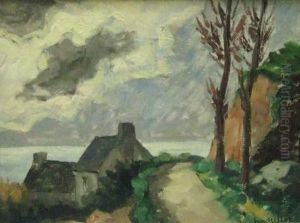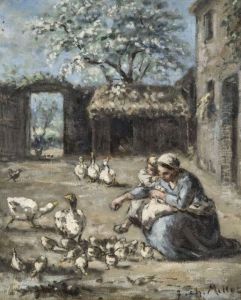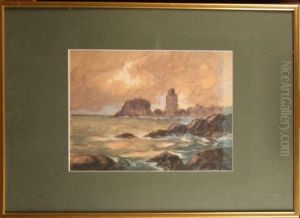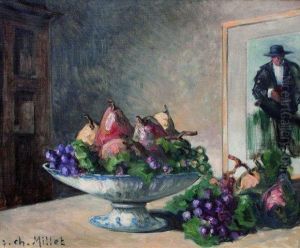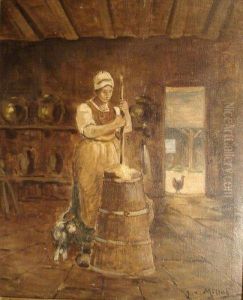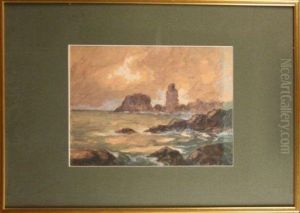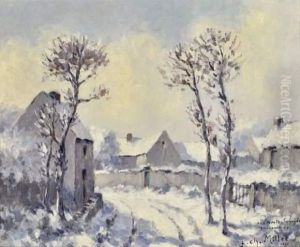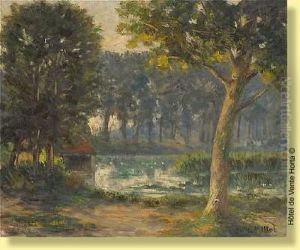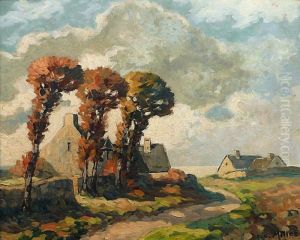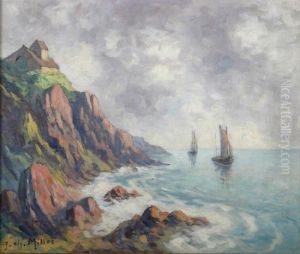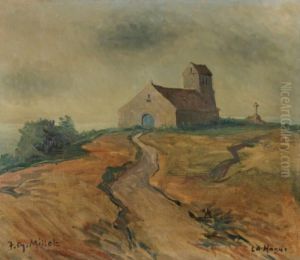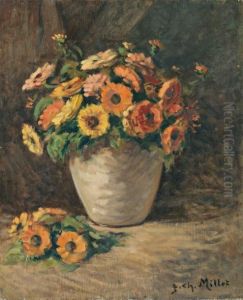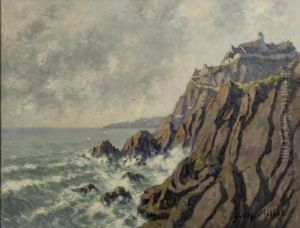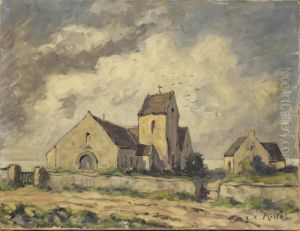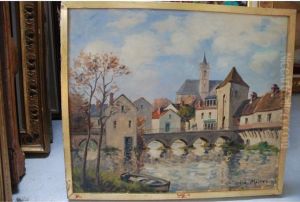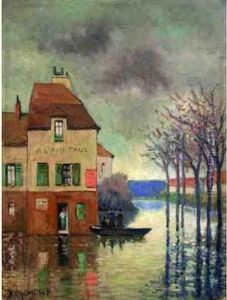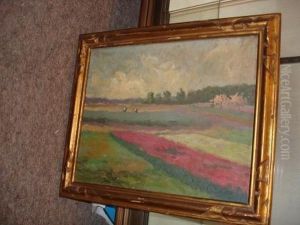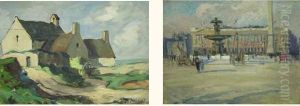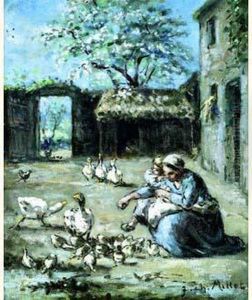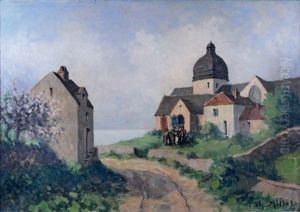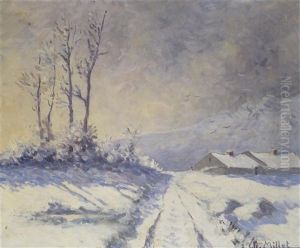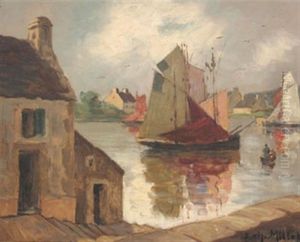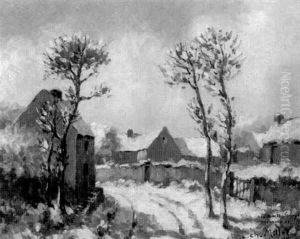Jean-Charles Millet Paintings
Jean-Charles Millet was a relatively less known French painter, primarily recognized for being the son of the famous painter Jean-François Millet, a key figure in the Barbizon school of painters. Jean-Charles was born on May 10, 1830, in Gréville-Hague, France. His father, Jean-François, was renowned for his depictions of peasant life and for pioneering a form of naturalism that would influence many future artists, including Vincent van Gogh.
Although Jean-Charles Millet did not achieve the same level of fame as his father, he pursued a career in art under his guidance. His style was influenced by the rural and pastoral themes that his father favored, and he often depicted landscapes and peasant subjects. Jean-Charles worked in his father's shadow, struggling to establish a distinct artistic identity.
Little is known about the specifics of Jean-Charles Millet's career and personal life, as his legacy is largely overshadowed by that of his father. What is known is that he exhibited works at the Paris Salon, the official art exhibition of the Académie des Beaux-Arts in Paris, which was the most prestigious art event in the Western world at the time.
Jean-Charles continued to work in the tradition of the Barbizon School, which emphasized the beauty and simplicity of rural life and landscape. His paintings, like those of the Barbizon artists, were characterized by a gentle realism, soft tones, and attention to the changing qualities of light.
Jean-Charles Millet passed away on August 24, 1904, in France. His works are much less known and less collected than those of his father, but they remain a testament to the Barbizon School's influence and the artistic atmosphere in which he was raised. Although his contributions to art are not widely recognized, they nonetheless reflect the milieu of the 19th-century French art world and the legacy of a family deeply embedded in the rural artistic tradition.
